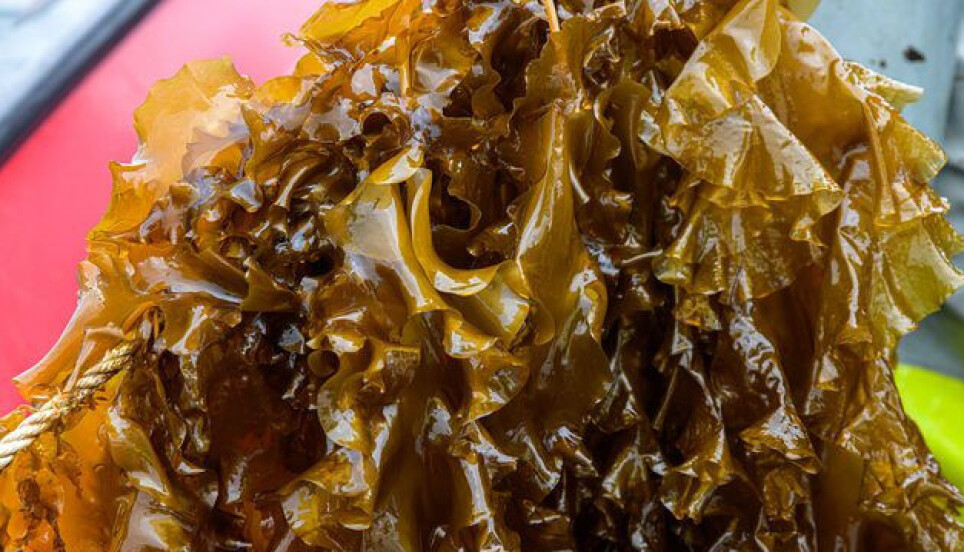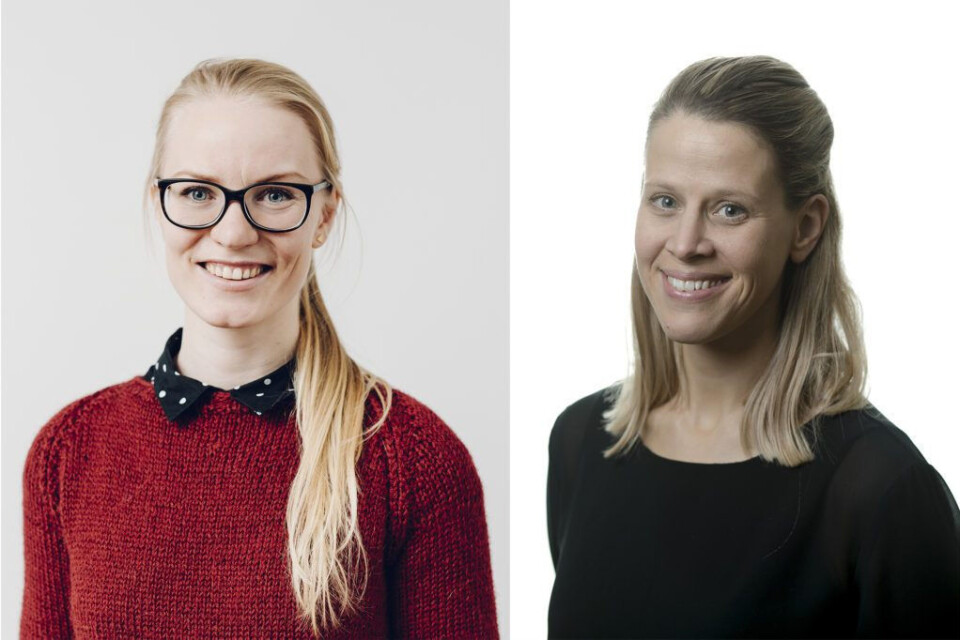THIS ARTICLE/PRESS RELEASE IS PAID FOR AND PRESENTED BY Nofima The Norwegian Institute of Food, Fisheries and Aquaculture Research - read more

What scientists know about iodine in seaweed
Seaweed, especially brown algae, can contain a lot of iodine. But how much of it is absorbed by our bodies? And how much disappears when it is prepared as food?
Various studies have shown that brown algae like kelp contain a lot of iodine. While many of us consume too little iodine, it is not good to consume too much either.
But how much of the iodine from seaweed is absorbed by our bodies? And how much is eliminated when it is heated?
“This has been a matter of debate for a long time. We know there is a great deal of variation in the proportion of iodine from brown algae that is absorbed by our bodies. It has been measured at anywhere between 2 and 90 per cent, depending on the method used and the species of algae,” says Inger Aakre, a researcher at the Institute of Marine Research (IMR).
Together with fellow researcher Marthe Jordbrekk Blikra, from the Norwegian food research institute Nofima, she has published an article that reviews all of the available international research on iodine in brown algae.
A lot of the iodine is absorbed by our bodies
The amount of iodine that is absorbed by our bodies, and reaches the systemic circulation, is referred to as its bioavailability.
The researchers found that the results of studies involving humans and other animals varied greatly, with bioavailability ranging from 31 to 90 per cent. In species containing rather a lot of iodine, such as sugar kelp and kombu, bioavailability was medium to high. Tangle had high bioavailability.
“In other words, we cannot assume that bioavailability is low in species with high iodine content; on the contrary, our study suggests that the reverse is true," Aakre says. “There has been a lot of discussion about both bioavailability and the processing of iodine in brown algae. That is why it is useful to look at and summarise the knowledge that already exists out there."

Frying and boiling can eliminate some of the iodine
Studies that have looked at what happens when brown algae are processed show that processing can reduce the iodine content, but the amount depends on the species of brown algae and the processing method used.
“For example, if you boil or blanch kelp, between 10 and 94 per cent of the iodine is eliminated. The amount of water used affects how much iodine is released by sugar kelp,” food scientist Blikra says. “The results are inconsistent, so we need more studies to find out why they vary so much. It will be important to find processing methods that enable producers to sell safe, predictable products."
Some seaweed species and products can contain several thousand times as much iodine as other types of food. It is particularly brown algae, such as sugar kelp, oarweed and kombu, which contain high levels of iodine.
Iodine comes in many forms
Iodine exists in a variety of forms. For example, there may be differences between how inorganic iodine and organic iodine are absorbed by our bodies. Different species of seaweed may contain different chemical species of iodine, which may in turn affect how well we absorb it.
But the researchers found few relevant studies on this.
“Here we uncovered some knowledge gaps. This is an area that needs more research," they say.
Despite the fact that many cultures have long traditions of using seaweed as food, there is still little documentation of what happens inside our bodies when we eat it.
The Norwegian Food Safety Authority, European Food Safety Authority (EFSA) and Norwegian Scientific Committee for Food and Environment (VKM) have all asked for more data on the consumption of seaweed and its content of both iodine and heavy metals.Researchers at the IMR have begun a study which they hope will provide more answers about what happens when we eat seaweed.
At Nofima, researchers are studying new, energy-saving ways of removing iodine, including Pulsed Electric Field (PEF) technology, and they are also testing new drying methods.
Reference:
Blikra et al. Iodine from brown algae in human nutrition, with an emphasis on bioaccessibility, bioavailability, chemistry, and effects of processing: A systematic review, Comprehensive Reviews in Food Science and Food Safety, vol. 21, 2022. DOI: 10.1111/1541-4337.12918

This article/press release is paid for and presented by Nofima The Norwegian Institute of Food, Fisheries and Aquaculture Research
This content is created by Nofima's communication staff, who use this platform to communicate science and share results from research with the public. Nofima is one of more than 80 owners of ScienceNorway.no. Read more here.
See more content from Nofima:
-
Red algae grown in wastewater from fish-farming facilities could become sustainable salmon feed
-
Pumpkins are good for more than just Halloween decorations
-
This is how temperature affects a salmon's health and growth
-
Study: Omega-3 and zinc is a powerful duo for salmon
-
Fish may turn yellow if frozen too fresh
-
Is it better if food is packaged in plastic or paperboard?




































